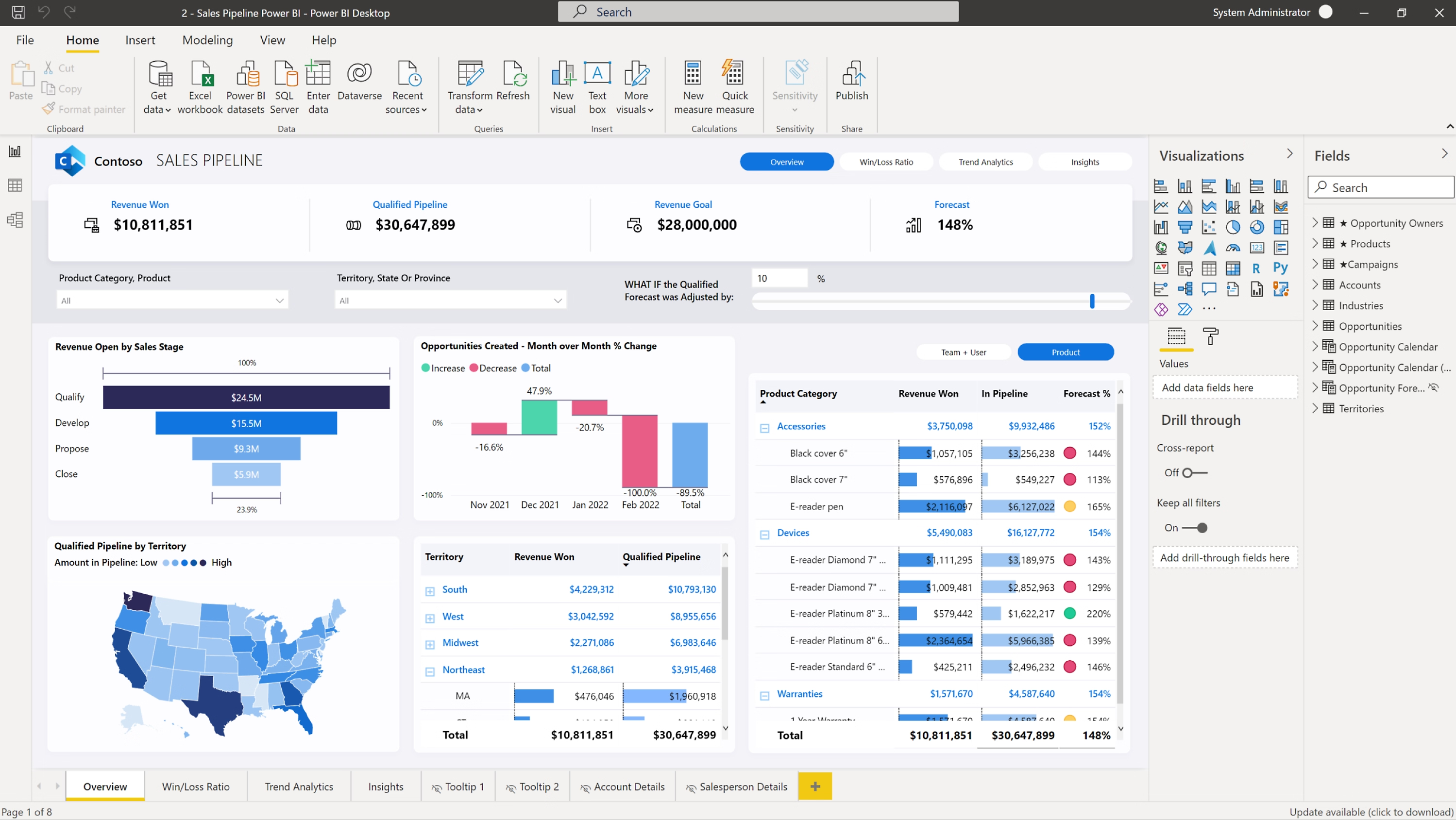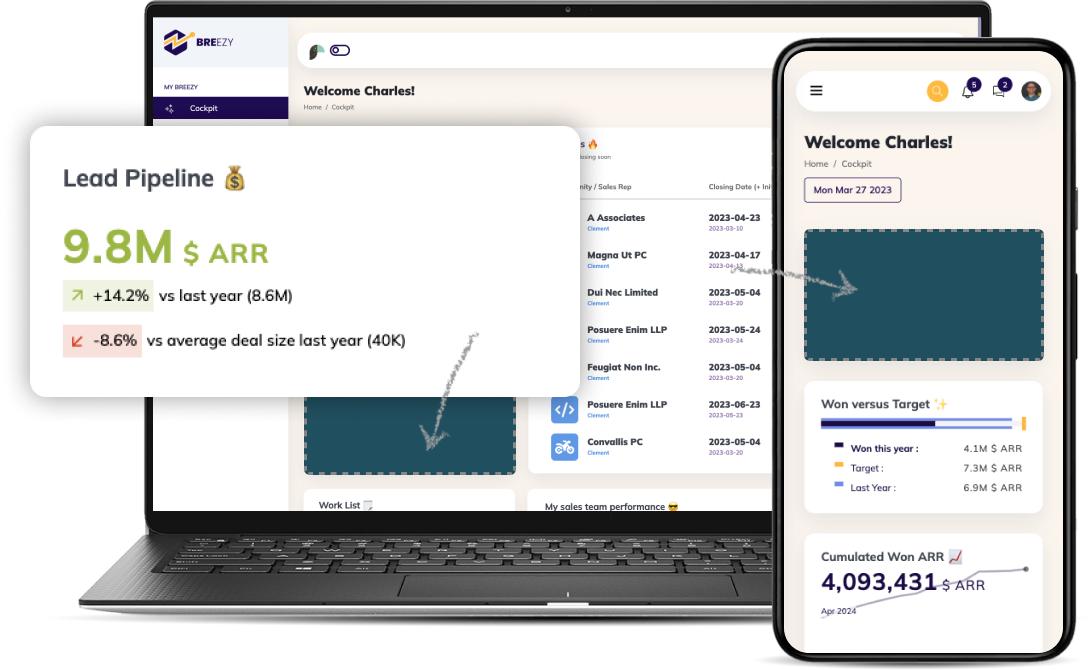
Luzmo is renowned for its simplicity and ease of integration, making it a popular choice for non-technical users. However, its limitations in advanced customization and scalability may prompt some organizations to seek alternatives. If you're looking for easier usability, better integration, advanced features, or cost-effective solutions, several strong alternatives exist. This article delves into the top five Luzmo alternatives, highlighting their key strengths and ideal use cases.
Comparison Criteria
When evaluating alternatives to Luzmo, we considered:
- Ease of Use
- Integration Capabilities
- Cost
- Support and Community
- Customization Options
1. Toucan

Use Case:
Best for organizations needing to create engaging data experiences for their customers and users. Best to embed analytics in a SaaS product.

Features:
- no-code environment: Fastest for technical users, easy to manipulate for non-technical users.
- data storytelling framework: helps create engaging and compelling data visualizations.
- Data prep features: YouPrep™ allows easy data manipulation.
Pros:
- User-friendly interface
- Quick setup and deployment
Cons:
- Limited advanced analytics features
Pricing:
Toucan offers flexible pricing plans tailored to different business sizes. Contact their sales team for detailed pricing or you can try our Free Trial.
User Reviews:
The tool perfectly fulfills its embedded analytics role. The interface is very pleasant compared to many other tools. Tiles and stories are very easy to build, and the various filtering and cross-filtering possibilities between graphs offer your users excellent data readability. The UI is top-notch.
- Simon A. - Data analyst for from G2
2. Metabase
![]()
Use Case:
Ideal for small businesses or startups needing straightforward, no-code BI tools.
Features:
- No-code Query Builder: Allows users to create queries without SQL.
- Open Source: Offers both cloud-hosted and self-hosted options.
- Interactive Dashboards: Easy to set up and use for ad-hoc reporting.
Pros:
- User-friendly for non-technical users
- Flexible deployment options
Cons:
- Limited advanced customization
- Requires technical knowledge for complex setups
Pricing:
Metabase offers a free open-source version and paid plans starting at $85 per month for the cloud-hosted version.
User Reviews:
What do you like best about Metabase?We particularly like the fact that all sorts of data and can be in 1 place and can be organized into folders, and that data can be translated into visual reports.
What do you dislike about Metabase?
As it is with usual DB and Analytics platform - it can be intimidating especially if user has no technical knowledge on alaytics and integration creation which leads to additional step internally if something needs to be configured etc.
3. Tableau

Use Case:
Best for medium to large enterprises needing advanced data visualization capabilities.

Features:
- Powerful Visualizations: Known for its advanced and interactive visualizations.
- Wide Range of Data Sources: Supports numerous data integrations.
- Mobile Support: Available on desktop, mobile, and web platforms.
Pros:
- Best-in-class data visualizations
- Strong community support
Cons:
- Expensive for large teams
- Steep learning curve for non-technical users
Pricing:
Tableau offers various pricing options starting at $70 per month. Detailed pricing is available on their website.
User Reviews:
The setup and learning curve is very difficult. the tool is not easy to use, creating dashboards and ratio ads feels time consuming and difficult, don't use it particularly well and I think I benefited greatly from its ability. - Ankit R. - data engineer - mid market
4. Power BI

Use Case:
Perfect for businesses that are part of the Microsoft ecosystem looking for seamless integration.

Features:
- Integration with Microsoft Ecosystem: Seamlessly integrates with other Microsoft products.
- Comprehensive Analytics Tools: Offers extensive data visualization and analytics features.
- Affordability: Competitive pricing options, including a free version.
Pros:
- Excellent integration with Microsoft products
- Affordable and scalable
Cons:
- Can be complex for non-technical users
- Limited customization options compared to other tools
Pricing:
Power BI offers a range of pricing plans, including a free version and premium options. Details are available on their website.
User Reviews:
"while Microsoft Power BI Desktop offers a range of powerful features, it's not without its challenges. The learning curve, potential licensing costs, and resource-intensive nature of the software can be factors that some users find disadvantageous, particularly when they are new to the tool or working with limited resources." - Nick V. - Mid Maket - From G2
5. Looker

Use Case:
Ideal for organizations that need robust data modeling and real-time analytics, especially those using Google Cloud.

Features:
- LookML Language: Allows for powerful data modeling.
- Google Cloud Integration: Seamlessly integrates with Google Cloud services.
- Real-Time Data Analysis: Provides real-time insights and dashboards.
Pros:
- Strong data modeling capabilities
- Excellent integration with Google Cloud
Cons:
- Steep learning curve due to LookML
- Can be expensive for small businesses
Pricing:
Looker offers custom pricing based on the needs of the business. Contact their sales team for detailed pricing.
User Reviews:
Conclusion
Each of these Luzmo alternatives offers unique features and benefits, catering to different business needs. Whether you prioritize ease of use, advanced analytics, or cost-effectiveness, there is an option that can meet your requirements. Evaluate your specific needs and choose the tool that best aligns with your business goals.





